SUMMARY
This is AI generated summarization, which may have errors. For context, always refer to the full article.
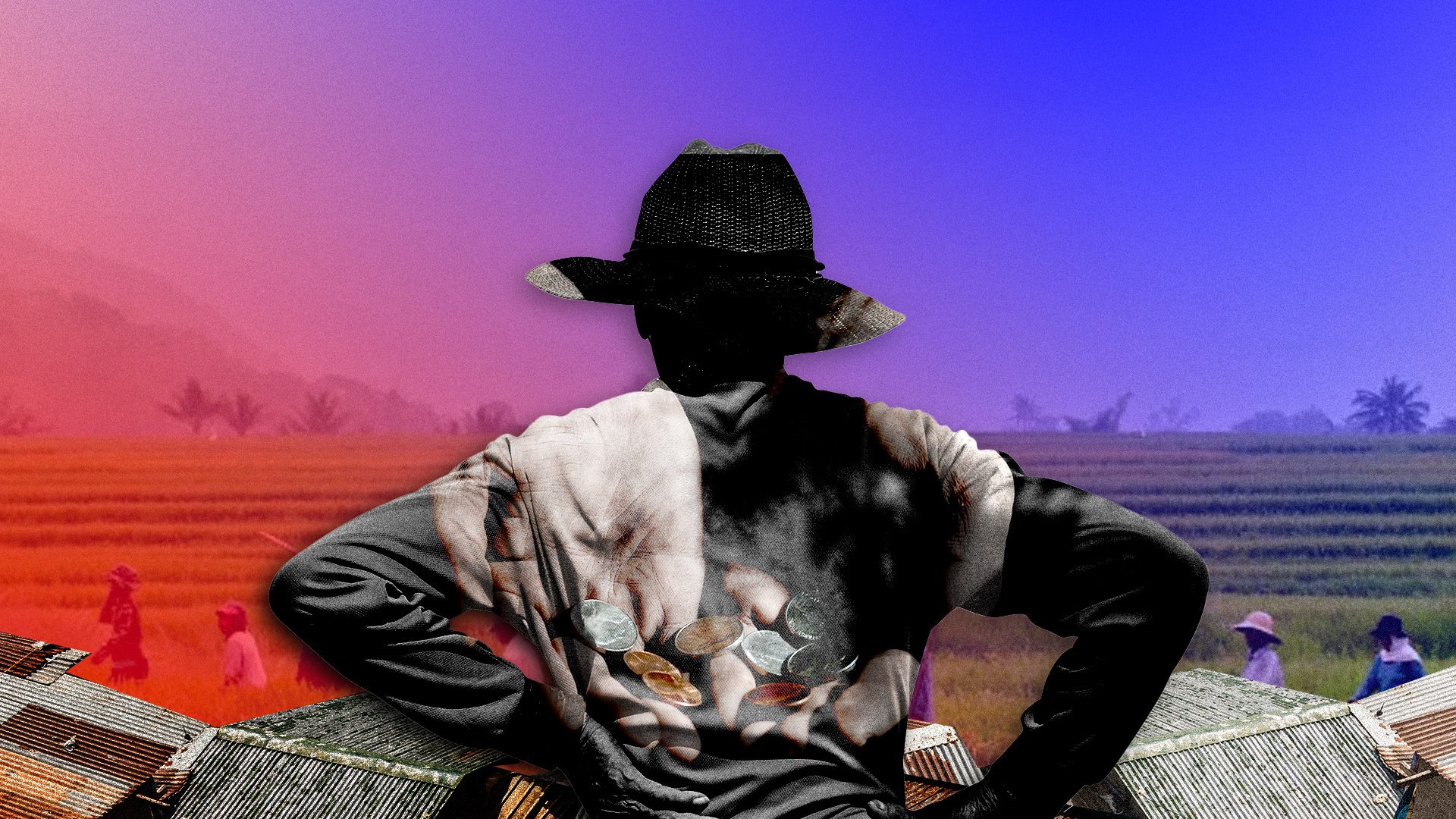
MANILA, Philippines – Every year on June 12, Filipinos ask themselves: are we really free? For Filipino farmers, freedom is a matter of becoming prosperous as a result of agrarian reform.
Since its implementation 35 years ago under former president Cory Aquino, the Comprehensive Agrarian Reform Program (CARP) made the promise of redistributing private and public agricultural lands to the tillers.
In 2020, the Department of Agrarian Reform (DAR) reported that more than 4.9 million hectares were transferred in the past three decades, benefitting 2.8 million farmers across the country. This was 91% of the 5.37 million hectares of land promised to be distributed.
Yet, beyond distribution, making land productive is another issue. And a program that concerns one of the country’s poorest sectors and landowners is bound to cause conflicts.
Landed but poor
Through the years, that conflict, as well as government’s response to it, weakened the momentum and spirit behind agrarian reform in the Philippines.
“The landscape of land reform post-Marcos has been dominated by a shift toward a market-led approach,” noted Sarah Wright and Ma. Diola Labiste in their book, Stories of Struggle: Experiences of Land Reform in Negros Island, Philippines.
Wright and Labiste wrote, “Here, questions of social justice and redistribution get lost. Instead, land reform is focused around willing buyer, willing seller. In place of an ethic of justice, there is an ethic of market friendliness that has seen land reform sapped of its original content.”
Since CARP began, many landowners have made use of schemes in the law – farmers call them loopholes – that provide alternatives to land distribution.
These include the joint venture agreement, leaseback agreement, management contract, where landowners still play crucial roles in farm production. Aside from these, many landowners also took the opportunity to thwart distribution via land conversion, especially when real estate values in a particular area boomed. Lands were converted to subdivisions, malls, and commercial districts.
This leaves the Philippines with a semblance of agrarian reform, an analyst said.
“Actually, mas nakakatakot ‘yung pagkatali ng magsasaka ngayon kasi natago doon sa reported CARP accomplishments,” Sonny Africa, executive director of think-tank Ibon Foundation, told Rappler. (Actually what’s scarier now is that the plight of our farmers is hidden under reported CARP accomplishments.)
Africa said that beyond the numbers of reported redistributed lands, the success of agrarian reform should be measured by figures on poverty and hunger in rural areas.
“‘Yun ang pinaka-sign [na] wala silang kalayaan doon sa tali ng backward agricultural production keeping them poor and hungry,” Africa said. (That’s the sign that they are not free from the chains of backward agricultural production that’s keeping them poor and hungry.)
In a survey released by the Philippines Statistics Authority in March 2023, farmers make up one-third of the country’s poorest.
This is where CARP “messed up,” economist and national scientist Raul Fabella wrote in 2014. While CARP represented “one gargantuan sacrifice upon the altar of asset equity” it has also “created a new class of farmers—namely, the landed poor.”
Keeping hope in the backwaters
But now, with President Ferdinand Marcos Jr. serving concurrently as agriculture chief, are things looking brighter for the sector?
“’Yung rhetoric ni President Marcos about giving priority to agriculture– tama ‘yung rhetoric,” said Africa. “But it’s been a year.” (The President’s rhetoric about giving priority to agriculture is correct. But it’s been a year.)
During his first SONA last year, Marcos said agrarian reform must continue, but with emphasis on support services, distribution, and condonation of beneficiaries’ debts.
The spirit of CARP lies in the promise not only to distribute land, but to improve quality of lives. In this rhetorical situation, “rural and national politics pry themselves loose from the grip of large feudal landowning interests,” Fabella said.
Farmers’ groups continue to push for subsidies and support to make land more productive for farmers. Cooperatives and non-governmental organizations are helping farmers organize, upgrade skills, and even fight legal battles.
“There is a lot of hope for the sector,” said Africa. “But hope is a choice.” – Rappler.com
Add a comment
How does this make you feel?
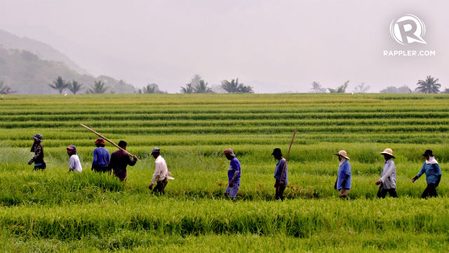



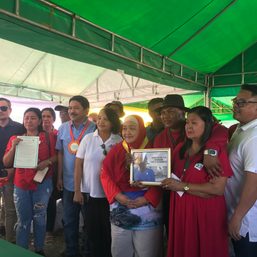
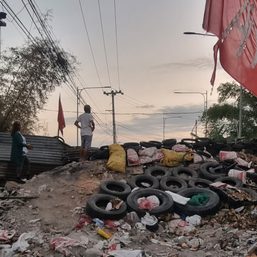



![[ANALYSIS] The department of ambivalent, if not ambiguous agriculture](https://www.rappler.com/tachyon/2024/05/department-of-ambivalent-05252024.jpg?resize=257%2C257&crop=279px%2C0px%2C720px%2C720px)




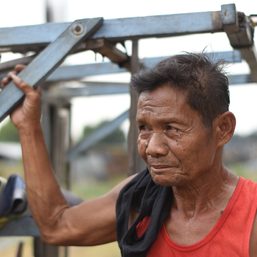
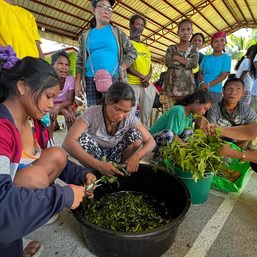
There are no comments yet. Add your comment to start the conversation.